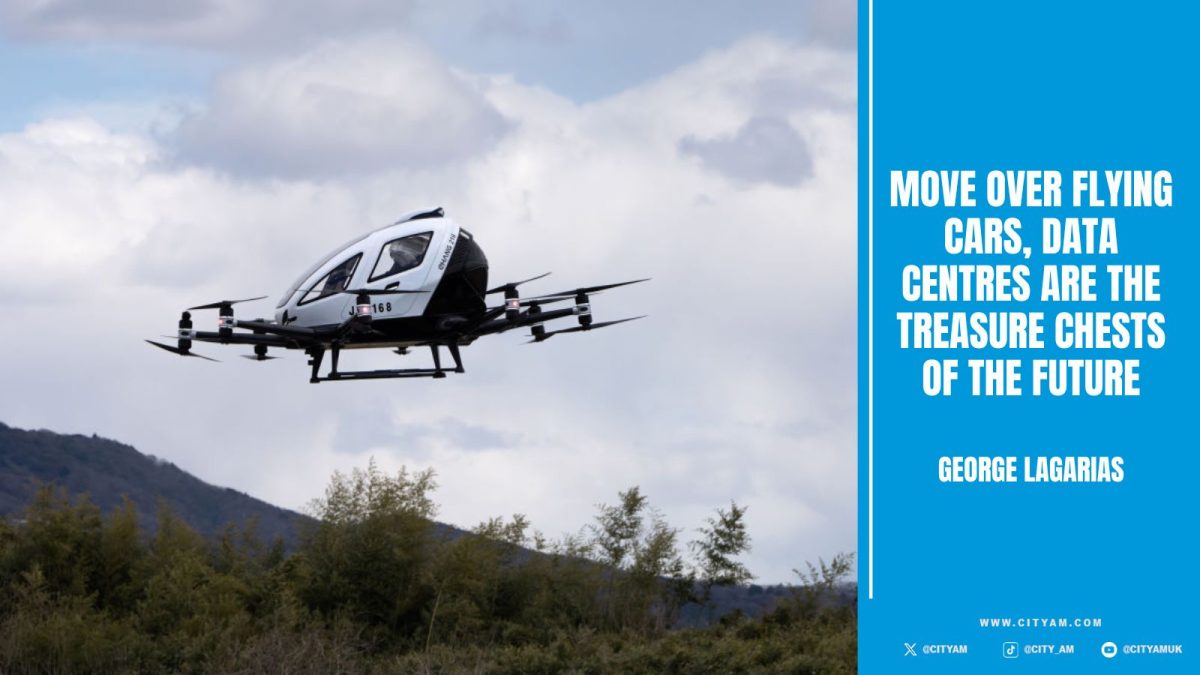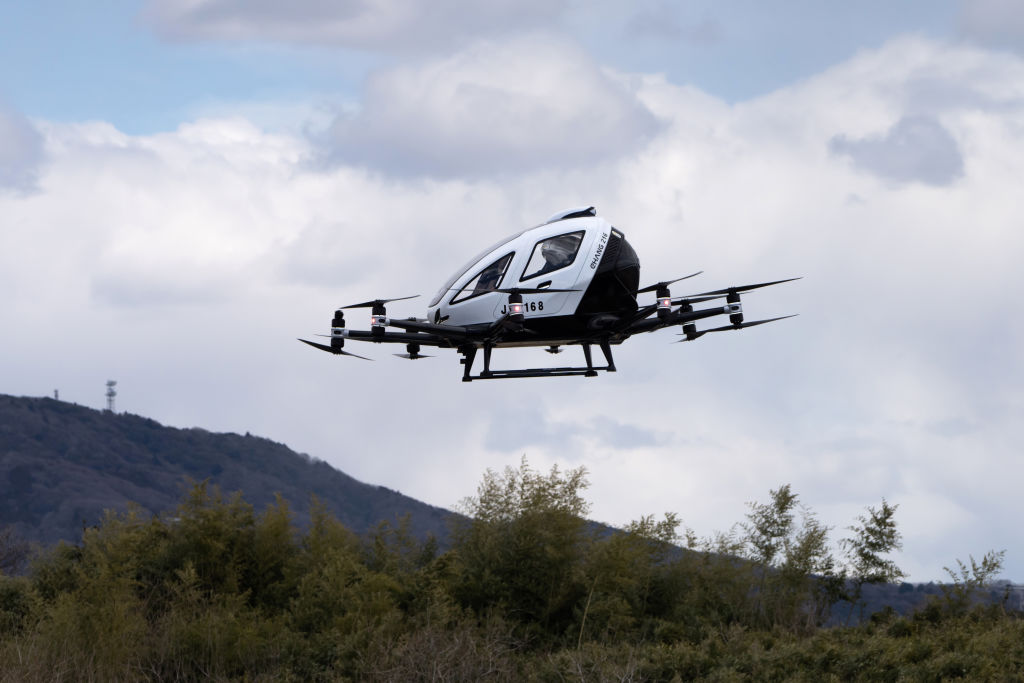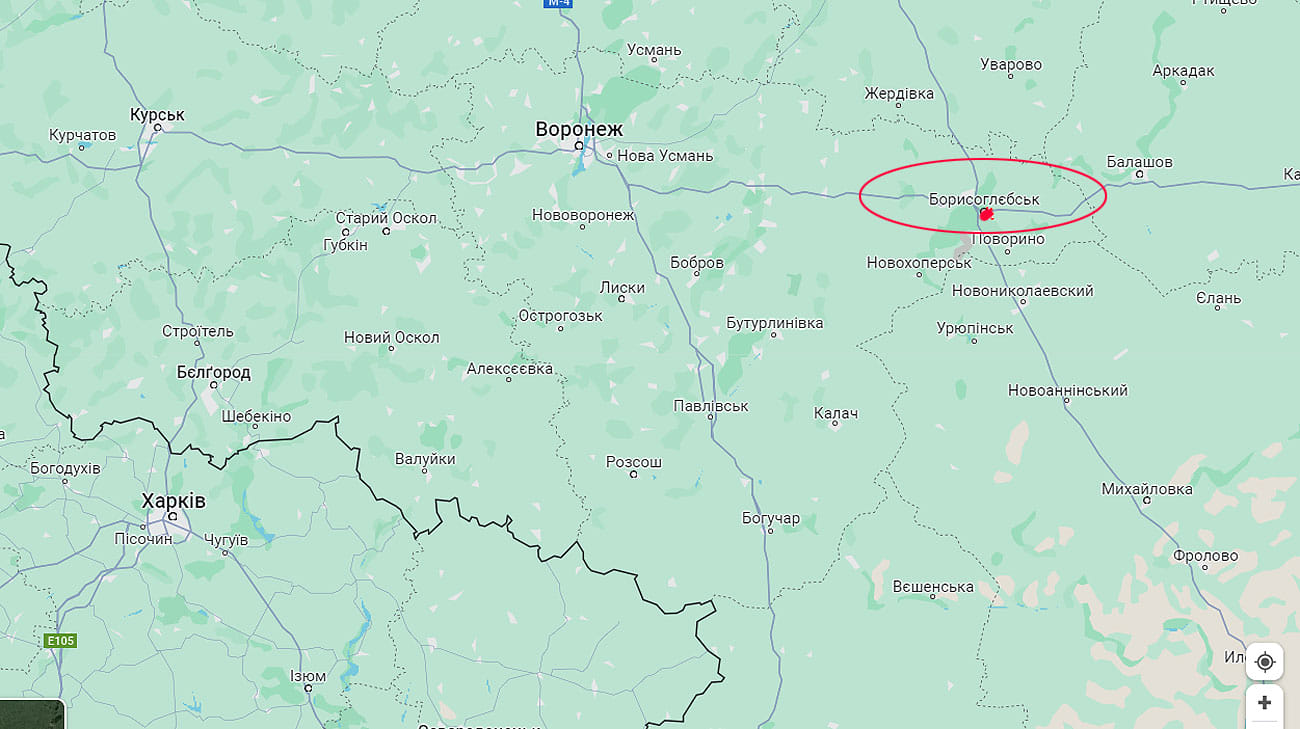Move over flying cars, data centres are the treasure chests of the future
They may not be quite as headline-grabbing, but data centres will power the next industrial revolution, writes George Lazarias.


They may not be quite as headline-grabbing, but data centres are the bread and butter of the next industrial revolution, writes George Lazarias
The modern lexicon is inundated with clever new tech buzzwords: artificial intelligence, deep learning, augmented reality, neural networks. Every one of those notions has spawned its own sub-genre of science fiction and has just been recently elevated from obscure geek-speak to the epicentre of everyday discussion.
From this hodgepodge of newspeak, concomitant with a truly fresh era for humanity, “data centre” is probably the least sexy word. It does not even appear in the Unesco Lexicon for Artificial Intelligence.
Yet consider a nascent AI unicorn, operating on a minimum budget and fast approaching its second-seeding round. The founders have the best idea in the world. One that, if implemented, will eclipse the success of Chat-GPT. Yet they lack one key resource: computing power. They will have to pay a hefty ransom to acquire access to the kind of processing power they need to make their dream come true. Their world-changing app is no longer developed by conventional computers in a small office or a garage. It is developed on the cloud, another word that no longer comes in quotation marks. A cloud that lives not on the sky but on data centres, online facilities that provide shared access to computing power.
Despite the many players in the field, like Dell, Amazon, Microsoft, Google Equinix and others, access to those platforms does not come cheap. In the initial stages of development, their costs would tend to consume most of a unicorn’s budget. And these centres are dominated by a small oligopoly of microchip manufacturers: Nvidia has a commanding 75 per cent of the market, with AMD and Intel roughly sharing what is left. So if one wonders why these companies trade at nearly double the average valuation of the S&P 500, look no further. It is because they are the fuel, the basic building component, for the world’s biggest treasure chest: data centres.
With the West suffering from poor demographics, a rise in productivity is the only logical way for the economy to grow, other than importing labour (a highly contentious choice for many countries). AI holds the promise of giving that productive edge back to Western economies. Data centres are what James Watt and co were for the first industrial revolution, Vanderbilt, Standard Oil and Ford for the second, and Microsoft, IBM and Apple for the third: the steam engine that propels humanity towards a new era. Capital to fund a smart project is not so hard to find. A bank or a private equity firm will do the job. It is computing power that is the really scarce resource. So important, in fact, are data centres to global economic growth that I wonder whether there should be a central bank of computing power and data flows.
Does it sound a bit like the internet bubble? Yes, it does. I do not know whether present valuations justify an investment or not. But what I will say is that the repricing in the semiconductor industry, the main driver of equity returns so far in the year, does not have the usual makings of a stock bubble. It is quite possible that the market has run ahead of itself. Markets are notorious for pricing in the potential of new technology too quickly, but understanding the long-term potential too slowly.
Data centres may eventually fuel Meta’s vision of a metaverse or American dreams of technological superiority, but we are not there yet. Assuming that quantum computing is a good decade away from commercial use, data centres will be key to the next step forward: the proverbial pick-and-shovel shops in the gold rush. Right now, they give us a but a glimpse of a new age. It will still take patience and fundamental research to determine the winners – and losers – of that age.



